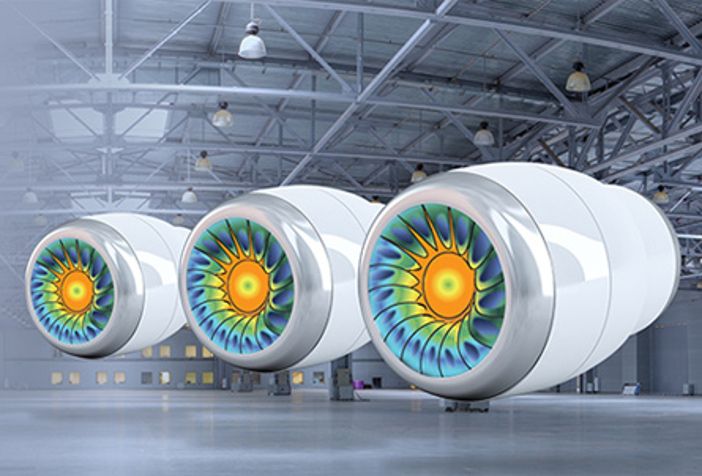by Nichole Heydenburg, Apex Waves
As the technology used by aerospace platforms in areas such as commercial aviation, autonomous, space systems and military aircraft grow in complexity, so too do the skills required to develop them.
At the same time aerospace has become one of the leading and most important sectors in the development of connectivity as well as security technologies. The innovations connect suppliers to the customers with services like surveillance, intelligence, and reconnaissance, along with helping protect and secure communications that aid in combat and strike operations.
Simulation increasingly underpins the development process of these complex systems and has a role to play alongside physical testing. Keeping up to date with the latest simulation technologies is a challenge for aerospace engineers. The AIAA (American Institute of Aeronautics and Astronautics) its SciTech forum releases a list of top 5 simulation aerospace technologies, which are as follows:
- The optimization and simulation of engine designs alongside turbulence models and scalable combustion: In this section, the engine design process has been compressed and shortened by the collection and analysis of data from existing tests to build models, so engineers don’t have to rely on the physical tests.
This causes engineers to use chemistry solvers and CFD (Computational Fluid Dynamics) to develop a next-generation engine of aircraft.
Scalable combustion acts as a backbone of combustion profiles that includes and deals with the fuel surrogates, thermal analysis, spray atomisation, auto ignition, flame stability, self-exciting flame, combustion instabilities, acoustics, lean blow out limit, and hot streak migration in turbine stage and emission.
Ansys’s combustion software provides HPC (high-performance computing) scalability helps the engineers examine and use turbulence models on a mesh with a million elements. - Virtual reality and optical simulations for sensor optimization and human machine interface: An engineer often needs to visualize simulations. Engineers need to gain the same experience from the cockpit and to experience how the human-machine interface (HMI) feels.
Ansys developed EnSight to help engineers integrate visualizations along with virtual reality that is called VR Experience. These images can be allied with Ansys SCADE so users can recognize and validate the designs of the cockpit and other important aspects.
SPEOS is an alternative way of creating optical performances, where engineers generate a virtual environment to test their sensor performances. These types of technologies are used in the drones. - Simulation of additive manufacturing: Additive manufacturing (AM) is used to develop shape geometries that are impossible to achieve using old techniques. AM helps to provide lightweight solutions for the companies that deal in the aerospace sector. Ansys recently launched a product that focuses on 3D printing, offering engineers end designs of metal additive manufacturing. It can also generate various designs that offer different geometrical structures by calculating stress and contortion.
- Real-time simulation: The provision of information as designs evolve enables decisions about products to be made faster and more efficiently. Ansys’s Discovery Live Shine provides real-time insights that let the engineers use and speed the test before engaging in real-time.
Using the software engineers can set the parameters to study and can understand the patterns of trade in a few minutes. This lets engineers check the nearest possible optimal designs. - Multiphysics simulation: A major challenge aerospace engineers face is electrification. Implementation of wires and electrical hardware, along with optimized software, can be completed by the application of the digital twin and the Internet of Things (IoT). Multiphysics simulations developed by Ansys play a significant role in the electrification sector of aerospace by helping to integrate into designs components such as fuels cells, motors, actuators, cables, batteries, hardware, bus bars and cables.





